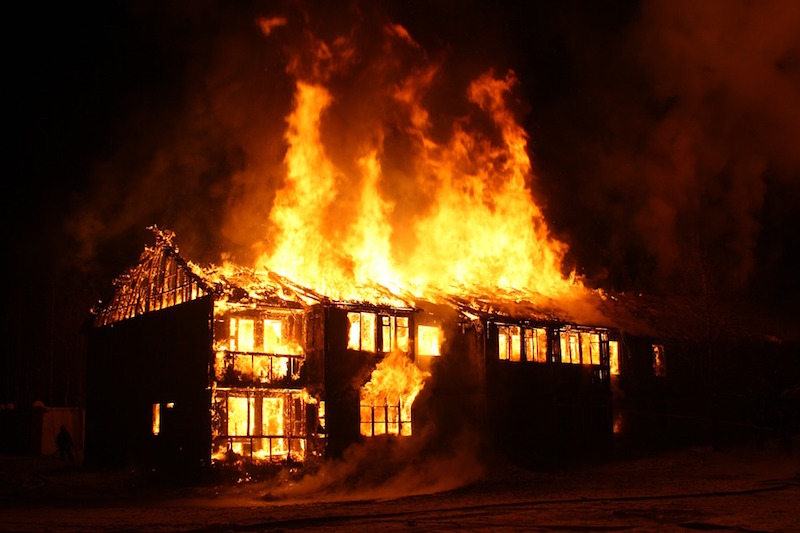The total cost of structural fires in the United States in 2014 was $328.5 billion, according to a new report written by University at Buffalo engineers and issued by the National Fire Protection Association.
Of that total, $273.1 billion, or 83%, of the cost was attributed to outfitting new buildings with fire prevention systems, operating fire departments, fire insurance, and other expenditures. The cost associated with losses—such as deaths, injuries, and destruction of property—was $55.4 billion.
The report examined only structural fires involving residential, commercial and industrial buildings. It did not factor in wildfires, vehicle fires, and other outdoor fires.
Other findings include:
— The total cost of structural fires in the U.S. has increased by 50% from 1980 to 2014, from $218.5 billion to $328.5 billion (both in 2014 dollars).
— The total cost of structural fire in the U.S. as a percentage of the nation’s gross domestic product has dropped from 7.6% in 1980 to 1.9% in 2014, a 75% decrease.
Related Stories
| Feb 8, 2012
OSHA offers free health and safety consulting for small businesses
The consultants offer confidential, non-punitive advice.
| Feb 8, 2012
Controversy over pay for prisoners on roofing job in Michigan
The disagreement was over whether the prisoners should have been paid prevailing wage for their brief time on the job because the project was paid for with a U.S. Department of Energy grant.
| Jan 30, 2012
ZigBee and ISO 50001: Two new standards to make buildings greener
These developments demonstrate the dynamic nature of the market and the continued need for development of program standards of many different types that help builders and owners translate high performance and sustainable buildings goals into practical measures on the ground.
| Jan 30, 2012
New firm-fixed-price rules on federal contracts impact construction industry
Contractors will need to be on the lookout for policies such as the Contractor Accountability for Quality clause.
| Jan 30, 2012
Roofer’s fatal plunge demonstrates need for fall-prevention regulations
“The biggest problem is getting our workers to use the equipment,” says Michael J. Florio, executive director of the organization.
| Jan 26, 2012
Tampa moves to streamlined online permitting system
The system will replace an inefficient patchwork of old software and is designed to provide businesses, homeowners, and contractors with online access to permitting and licensing information.
| Jan 26, 2012
EPA to collect more data, seek comments before finalizing mud rule
The EPA says it will seek more data and is accepting comments until March 5.
| Jan 26, 2012
Industry challenges Connecticut's suit over defective construction work
The dispute arose over multimillion-dollar leaks at the University of Connecticut's law library.
















